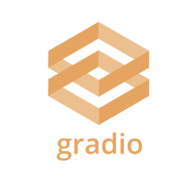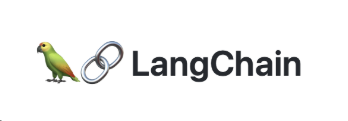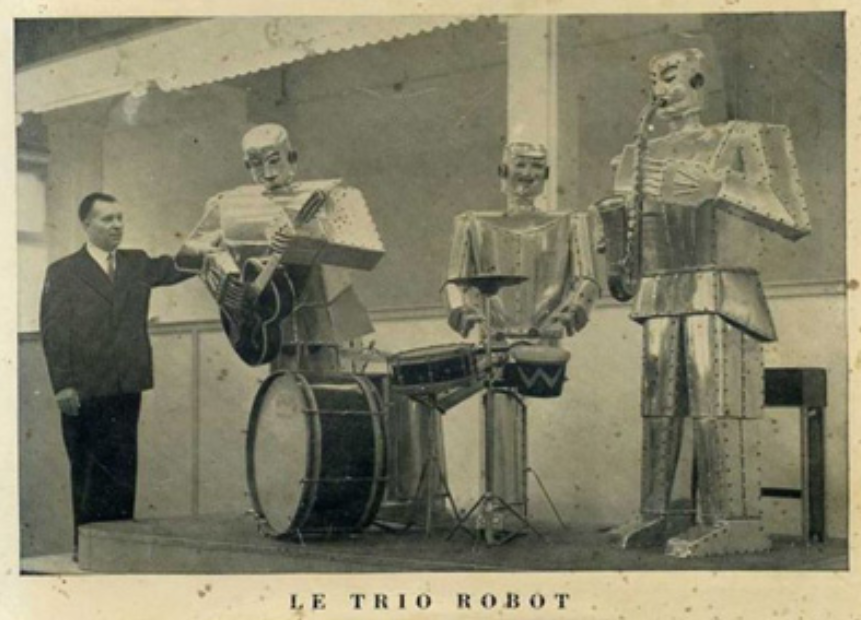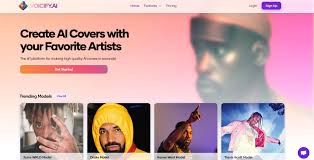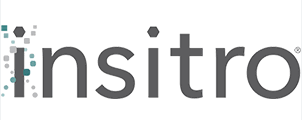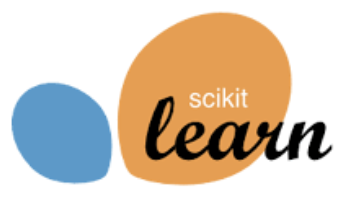Introduction
Music genre classification has become a cornerstone of music recommendation engines, playlist curation, and even copyright detection. In 2025, machine learning for music genre classification is more accurate and efficient than ever, powered by deep neural networks and vast training datasets. This post explores how it works, why it matters, and which technologies are driving this innovation.
Why Music Genre Classification Matters
Accurate genre classification helps:
Streaming platforms recommend music more effectively
Artists tag and promote their songs correctly
Listeners discover new music aligned with their taste
Content ID systems detect copyright infringement
Machine learning enables scalable, automatic genre classification without manual tagging.
How Machine Learning Classifies Music Genres
Modern systems use supervised learning, where models are trained on labeled music data. Key steps include:
1. Feature Extraction
ML models don’t “hear” music as humans do—they analyze data. Raw audio is converted into:
MFCCs (Mel-Frequency Cepstral Coefficients) – mimic human auditory perception
Chroma features – represent the 12 pitch classes
Spectral contrast – distinguishes harmonic content
Tempo, key, timbre – useful for distinguishing genres like classical vs. hip hop
2. Model Training
Algorithms commonly used include:
Support Vector Machines (SVM)
K-Nearest Neighbors (KNN)
Convolutional Neural Networks (CNNs) for spectrogram images
Recurrent Neural Networks (RNNs) or LSTM for time-series audio signals
The model learns to associate audio features with genre labels (e.g., rock, jazz, EDM).
3. Classification
Once trained, the model can analyze any new song and predict its genre with a confidence score. Some systems even handle multi-genre tagging (e.g., "indie pop rock").
Popular Datasets for Genre Classification
GTZAN Dataset – 1000 audio clips across 10 genres
Million Song Dataset (MSD) – large-scale dataset for audio research
FMA (Free Music Archive) – includes metadata and genre tags
Real-World Applications
Machine learning genre classification is used in:
Spotify and Apple Music: Improve auto-curated playlists
YouTube Content ID: Detect copyrighted music by genre patterns
TikTok’s algorithm: Recognize audio patterns to surface relevant content
AI DJ apps: Mix songs based on genre transitions
Challenges and Limitations
Despite huge advancements, genre classification still faces obstacles:
Genre ambiguity: Many songs span multiple genres
Subjectivity: Genres are often culturally or socially defined
Imbalanced datasets: Niche genres may have less training data
Changing trends: New subgenres emerge constantly
The Future of Genre Classification
Future systems may:
Use self-supervised learning to reduce dependence on labeled data
Classify mood, emotion, and context alongside genre
Handle multi-modal inputs—combining audio, lyrics, and video
Offer personalized genre tagging based on listener profiles
Conclusion
Machine learning has reshaped how we understand and categorize music. With evolving models and better datasets, music genre classification using machine learning is moving toward real-time, multi-dimensional tagging. As the line between genres blurs, AI continues to find new ways to define and recommend the music we love.
FAQs
Can AI accurately classify music genres?
Yes—especially when trained on high-quality labeled datasets. Accuracy improves when multiple audio features are analyzed.
Is deep learning better than traditional ML for genre classification?
Generally, yes. Deep learning, especially CNNs on spectrograms, outperforms traditional models in genre classification accuracy.
Can a single song belong to multiple genres?
Absolutely. Many ML systems now support multi-label classification to reflect hybrid genres (e.g., "lo-fi jazz-hop").
Learn more about AI MUSIC

